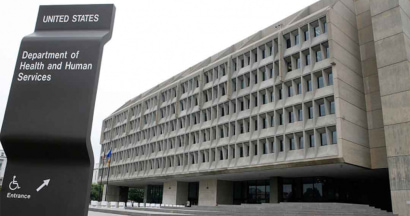
CMS Releases DMEPOS/Home Health Final Rule with Provisions to Restart CB Program
Late Friday afternoon, CMS published the 2026 DMEPOS/Home Health Final Rule. The proposed rule released this summer incl…


Late Friday afternoon, CMS published the 2026 DMEPOS/Home Health Final Rule. The proposed rule released this summer incl…
.png?resize=410x0)
Help Recruit House Republicans to Join Sign-On Letter on CB Program
Please Reach Out to GOP House Members as Soon a…
The Dept. of Commerce has initiated a Section 232 National Security Investigation into imports of medical equipment, dev…
-0001.png?resize=410x0)
The deadline for Representatives to add their name to a new sign-on letter related to the Bidding Program is Friday, Oct…

Continuous Glucose Monitors (CGMs) are transforming diabetes care – and DME suppliers play a critical role in ensu…

On Friday, May 30, the Dept. of Health and Human Services (HHS) released more detail on the Agency’s budget reques…

Last week, the House of Representatives narrowly approved H.R. 1, the “One Big Beautiful Bill Act” containin…

In front of colleagues, advocates, family, and peers, Michael Hamilton, Executive Director of the Alabama Durable Medica…
Big news out of Arizona! Governor Katie Hobbs has signed SB1132 into law — a step forward in diabetes care and pat…
Legislation to bolster rates for a large segment of HME suppliers has been reintroduced in the House of Representatives.…
Representatives John Joyce (R-PA) and Vern Buchanan (R-FL) have introduced legislation to improve access to titanium and…
Members of the media are invited to contact us for requests for leads, expert commentary and other information about the home medical equipment industry. For the quickest response, please be sure to indicate your question or topic of interest, publication name, deadline and contact information.
Gordon Barnes
202-372-0759
gordonb@aahomecare.org
Tilly Gambill
202-714-1256
tillyg@aahomecare.org


Gordon Barnes
703-618-4313
gordonb@aahomecare.org
Tilly Gambill
202-714-1256
tillyg@aahomecare.org
